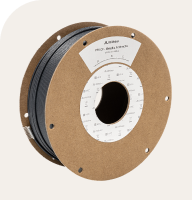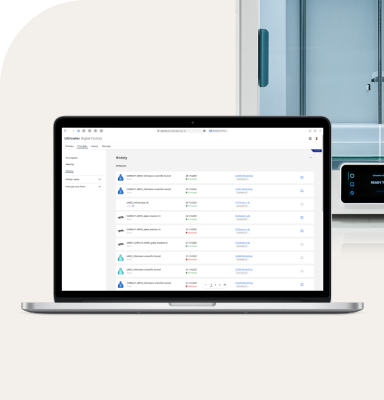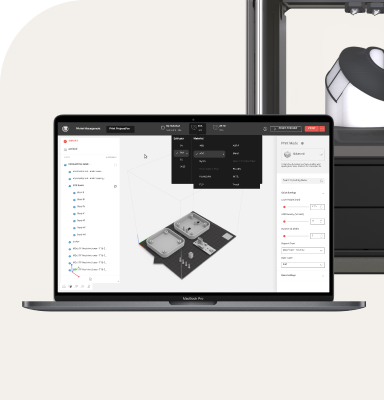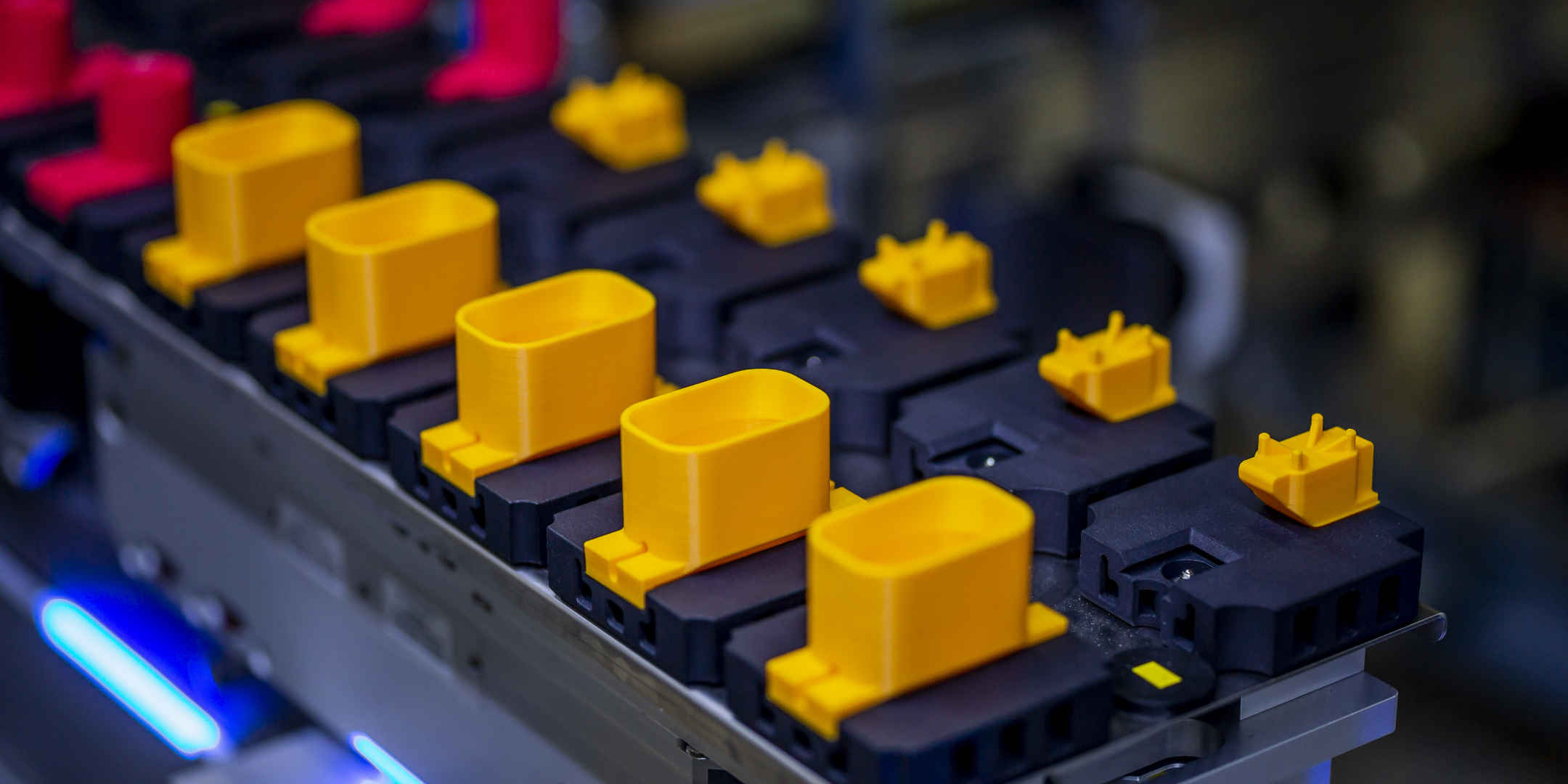3D printing with PLA filament (polylactic acid) is easy, thanks to its accuracy and reliability. It’s also cost-effective, which is advantageous when making several design iterations or multiple parts. As such, it’s no surprise that this is one of the world’s most popular printing materials.
This guide covers the main benefits of 3D printing with PLA, the different types of PLA material, and how to choose the right filament for your requirements.
Why choose PLA 3D printing?
PLA offers a multitude of benefits. These include:
Ease of use
Cost – it’s cheaper than other filaments
Versatility – it’s suitable for several different applications
Eco-friendliness – it’s made from crops such as sugarcane, and is a biodegradable polymer
Stiffness and strength
Dimensional accuracy
A fairly long shelf life
Smooth surface – which makes it easy to paint (acrylic or enamel)
Limited warping
A lower print temperature
PLA can also be mixed with composites and other materials. These give it specialist qualities, such as being able to glow in the dark, or resemble wood.
Which PLA materials are available, and what are their pros and cons?
There’s more than one type of PLA, and each one offers different benefits.
PLA. Regular PLA is the most popular choice, and often comes in a range of different colors.
Pros – Stiff, easy to print with, limited warping
Cons – Low impact resistance, low chemical resistance, low temperature resistance
PLA+ / PLA plus. These are modified versions of PLA and come in different forms. Typically, an enhanced form of PLA will offer greater impact resistance or better mechanical performance. A good example is Ultimaker Tough PLA, which is ideal for printing functional prototypes and larger tools.
Pros – Improved mechanical properties, suitable for more applications
Cons – More expensive than regular PLA, typically contain other polymers
Eco PLA. PLA filaments such as Kimya PLA-R are recycled and biodegradable. It’s also suitable for rapid prototyping and making tools.
Pros - Easy to use, high-quality surface finish, made of 97% recycled materials, offers good dimensional accuracy
Cons - More expensive than regular PLA
Common applications of PLA filaments
PLA is one of the most versatile materials available and is suitable for a range of applications. If you’re 3D printing with PLA filament, here are a few of the best ways to use it.
Gerhard Schubert GmbH uses PLA+ to create tools for its packaging machines
Architecture firm Killa Design uses PLA to create scale models of buildings
Common industries using PLA filaments
PLA is one of the most widely used materials, mainly because it’s so versatile. Many industries value 3D printing with PLA, for a variety of reasons. Here are just a few examples:
Using Ultimaker Tough PLA, Heineken is able to create customized tools for use in its bottling plant
A 3D printed shoulder girdle on a T. rex. Skeleton at Naturalis Biodiversity Center. Looking closely, segments are visible, indicating individual prints that have been pieced together
Hardware requirements
If you’re 3D printing with PLA, your hardware will benefit from featuring the following:
Heated bed. While not essential, a low-to-moderate temperature will enhance print results through improved adhesion
Extruder temperature gauge. The temperature for most PLA filaments should be around 200 °C
Cooling fan and enclosure. These features are not essential when printing with PLA, but will give superior results
Choosing your PLA filament type
PLA is the most widely available material on the market for FFF (fused filament fabrication) 3D printing, but quality varies a lot.
Especially if you're printing on an Ultimaker 3D printer, we recommend using either an Ultimaker material or one from the Ultimaker Marketplace. This way you benefit from preconfigured print profiles, reducing setup time and the chance of error when preparing a print job.
Ultimaker PLA. This is suitable for a variety of applications, from creating high-detail models, to making mold inserts for investment casting. Most industries can benefit from PLA – it’s great for prototyping and for creating smaller tools
Ultimaker Tough PLA. Ultimaker Tough PLA has a toughness similar to ABS. That makes it suitable for printing functional prototypes, mechanical parts, and larger tooling. This type of PLA is more suitable for industrial purposes, or for industries such as aviation and automotive
Kimya PLA-R. Kimya PLA-R is ideal for creating finished parts and tools. It’s also a good choice for rapid prototyping. It also has excellent aesthetic qualities, which are beneficial for designers or those creating consumer goods
How to print with PLA filaments
Every PLA filament is different, so we recommend you follow the manufacturer's guidance.
You can read our full guides on how to print with PLA and Tough PLA on our support pages, with information on compatible printers and materials, ensuring good adhesion, and optimizing the print environment.
Want to learn more about how businesses are benefitting from 3D printing with PLA?



























